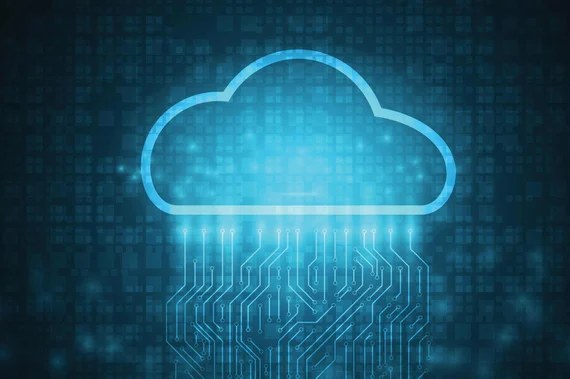Migrating your ERP system to the cloud offers plenty of promise—greater agility, lower infrastructure costs, and faster innovation. But that promise often comes with hidden pitfalls. In cloud environments, the rules of the game have changed. Integrations are deeper. Updates arrive faster. Business processes evolve on the fly. And traditional testing strategies? They’re just not built for this pace.
That’s why forward-thinking organizations are reimagining their testing approach from the ground up.
Cloud ERP brings new complexity—and higher stakes
Legacy ERP systems were often slow to change and relatively contained. In contrast, cloud-based ERP platforms are part of a much broader and constantly shifting ecosystem. They connect to CRMs, supply chain tools, third-party applications, and custom APIs. Each integration introduces potential points of failure. A single missed bug in a critical workflow could mean invoicing errors, inventory delays, or compliance headaches.
Cloud ERP systems also come with regular vendor updates that can disrupt custom configurations or break downstream processes. With so many moving parts, testing can no longer be a once-and-done phase of a project. It must be continuous, thorough, and business-driven.
Capture what matters—with zero disruption
The first step in preparing for a cloud migration is understanding what you’re migrating. But too often, organizations rely on outdated process maps or tribal knowledge that lives only in employees’ heads. That’s a major risk.
Original Software solves this with a game-changing approach to process capture. As users go about their daily work, the platform automatically records every step—across web apps, legacy systems, and multi-platform workflows. No need to slow down or retrain. As a result, organizations can get a complete, accurate view of real-world business processes that becomes the blueprint for targeted, meaningful testing.
Business users become testing champions
One of the biggest barriers to effective ERP testing is that it’s typically owned by technical teams. But it’s business users who know how the system should actually perform. Original Software bridges that gap.
Its intuitive, code-free testing platform empowers non-technical users to design, run, and manage tests based on the processes they know best. That means faster feedback, better coverage, and fewer post-go-live surprises. With Original Software, testing becomes a shared responsibility—and quality becomes everyone’s job.
Built for change, ready for tomorrow
Cloud-based ERP systems aren’t static. They’re constantly evolving—through vendor updates, configuration changes, or new business requirements. Original Software is designed for this pace of change.
Its regression testing tools make it easy to compare old and new system behavior, spot differences, and validate fixes before issues reach production. Because the platform is designed for low maintenance and high reusability, it supports ongoing testing without slowing your team down.
ERP cloud migrations are too important—and too complex—to leave testing to outdated methods. By modernizing your testing approach with Original Software, you can move faster, reduce risk, and bring your business users into the quality conversation from day one.
What this means for ERP Insiders
Involve business users early in the testing process. Cloud ERP systems impact every corner of the business—from finance to operations to HR. Waiting until after deployment to engage business users in testing is a costly mistake. With Original Software’s intuitive, code-free platform, organizations can empower non-technical teams to validate real-world processes from the start. This leads to more accurate test coverage, fewer surprises at go-live, and faster adoption of the new system.
Document your current-state processes before migrating. Migrating without a clear picture of how your ERP system is currently used opens the door to errors and inefficiencies. Use tools like Original Software’s process capture solution to automatically record how users interact with existing systems. This creates a comprehensive, real-world blueprint for both migration planning and post-migration validation—eliminating guesswork and ensuring critical workflows aren’t overlooked.
Adopt continuous testing to manage post-migration change. Cloud ERP platforms evolve constantly through vendor updates, integration changes, and internal configurations. One-time testing efforts won’t keep up. Original Software enables continuous regression testing that adapts to system changes, helping teams catch issues early and ensure business continuity. Investing in a sustainable, automated testing approach protects long-term ERP performance and minimizes downtime.






